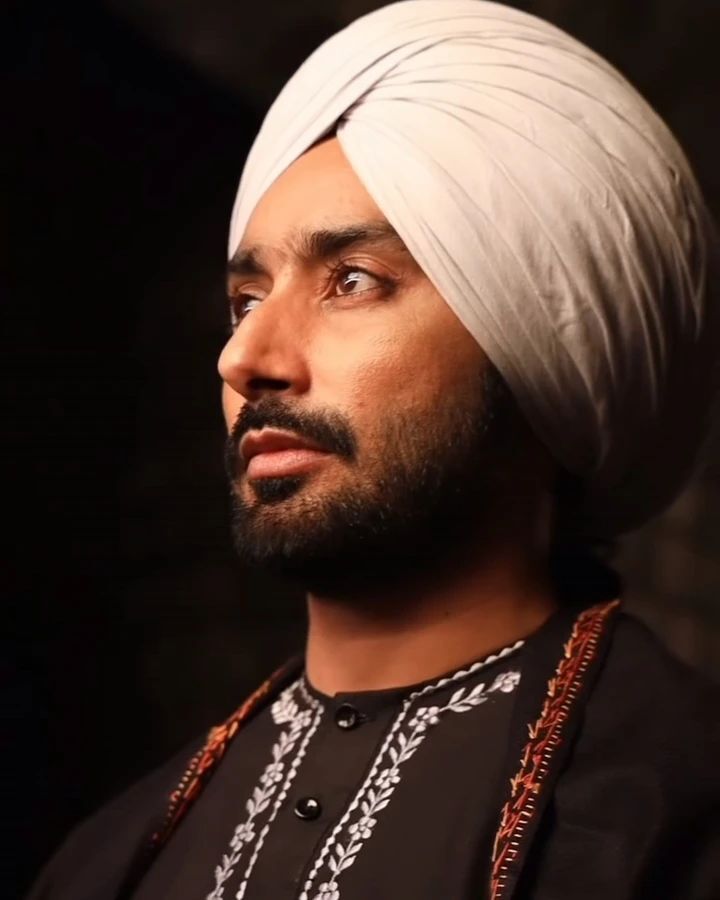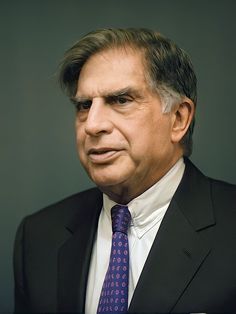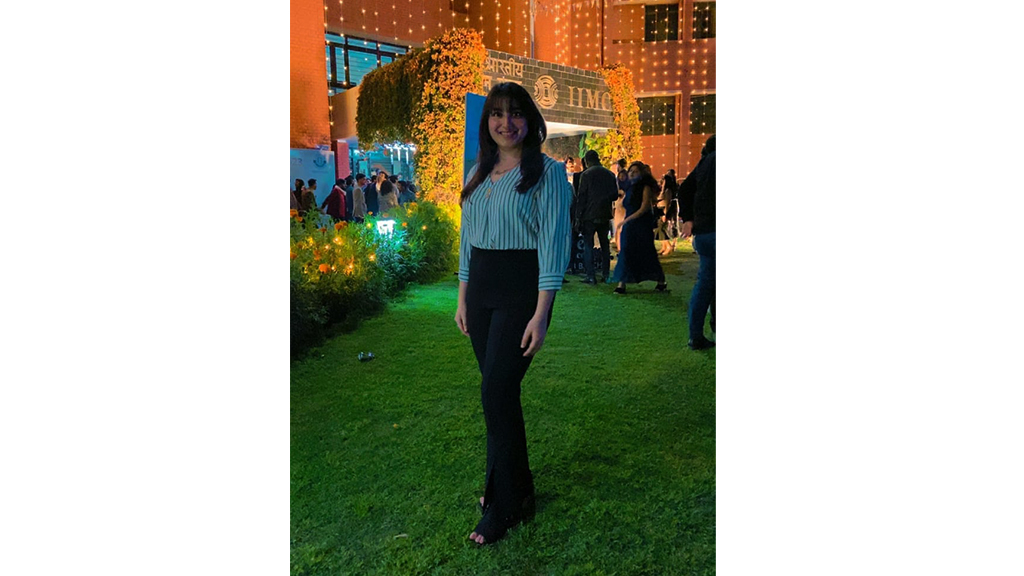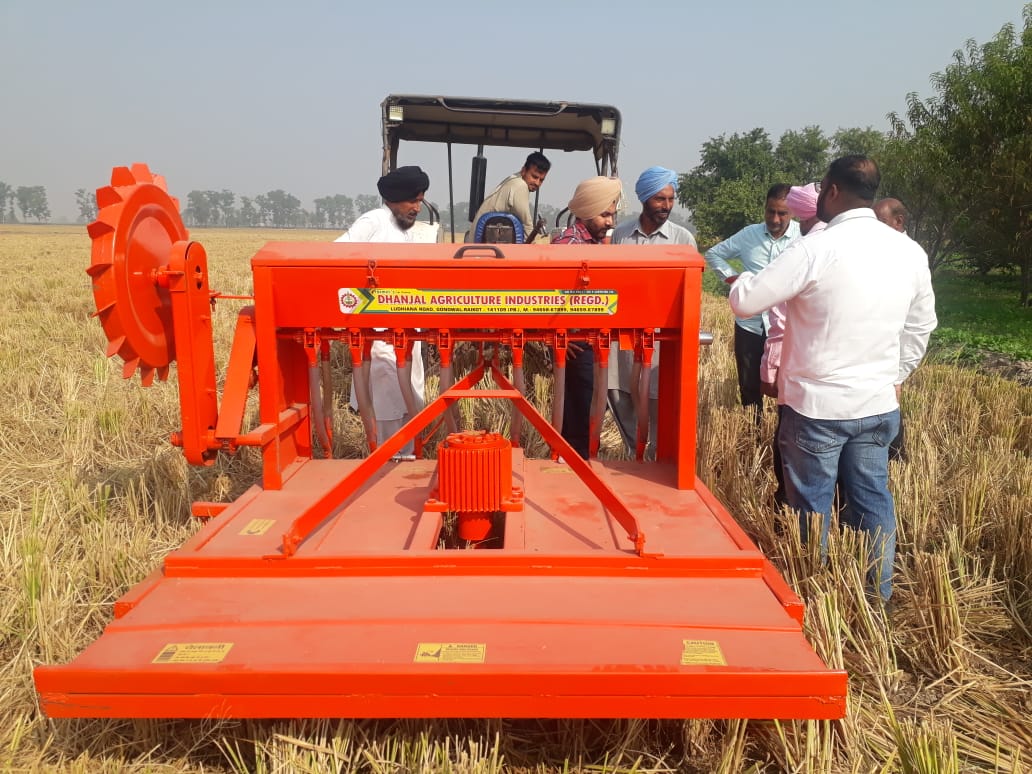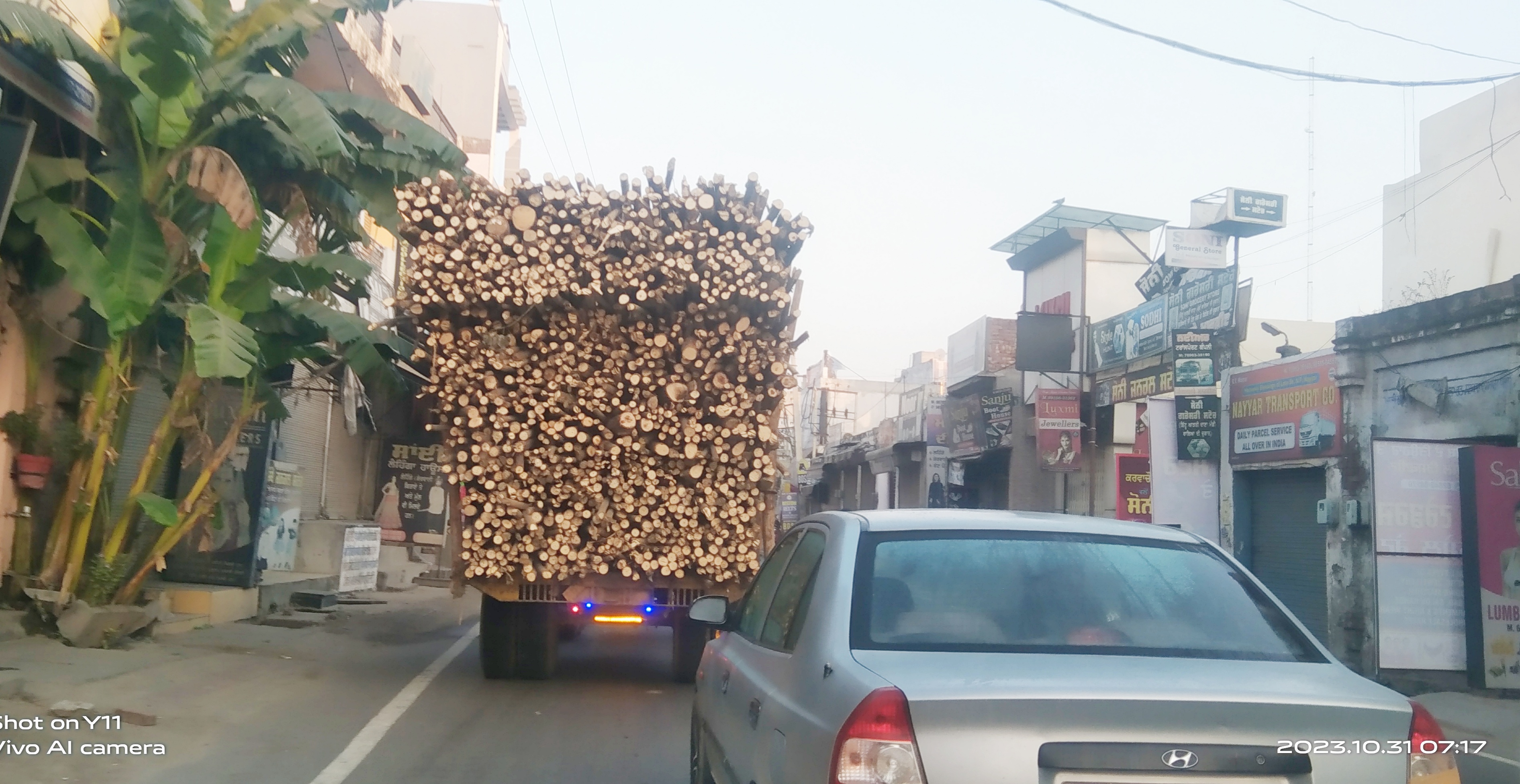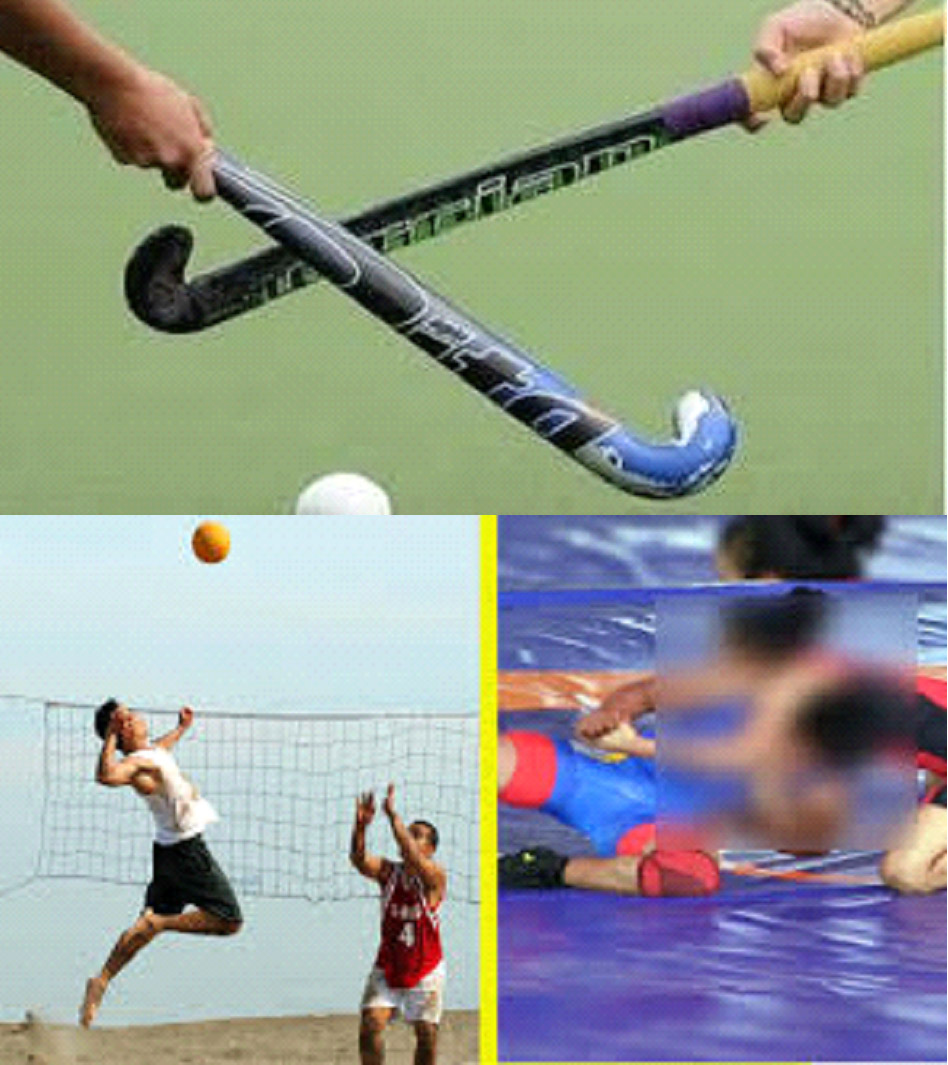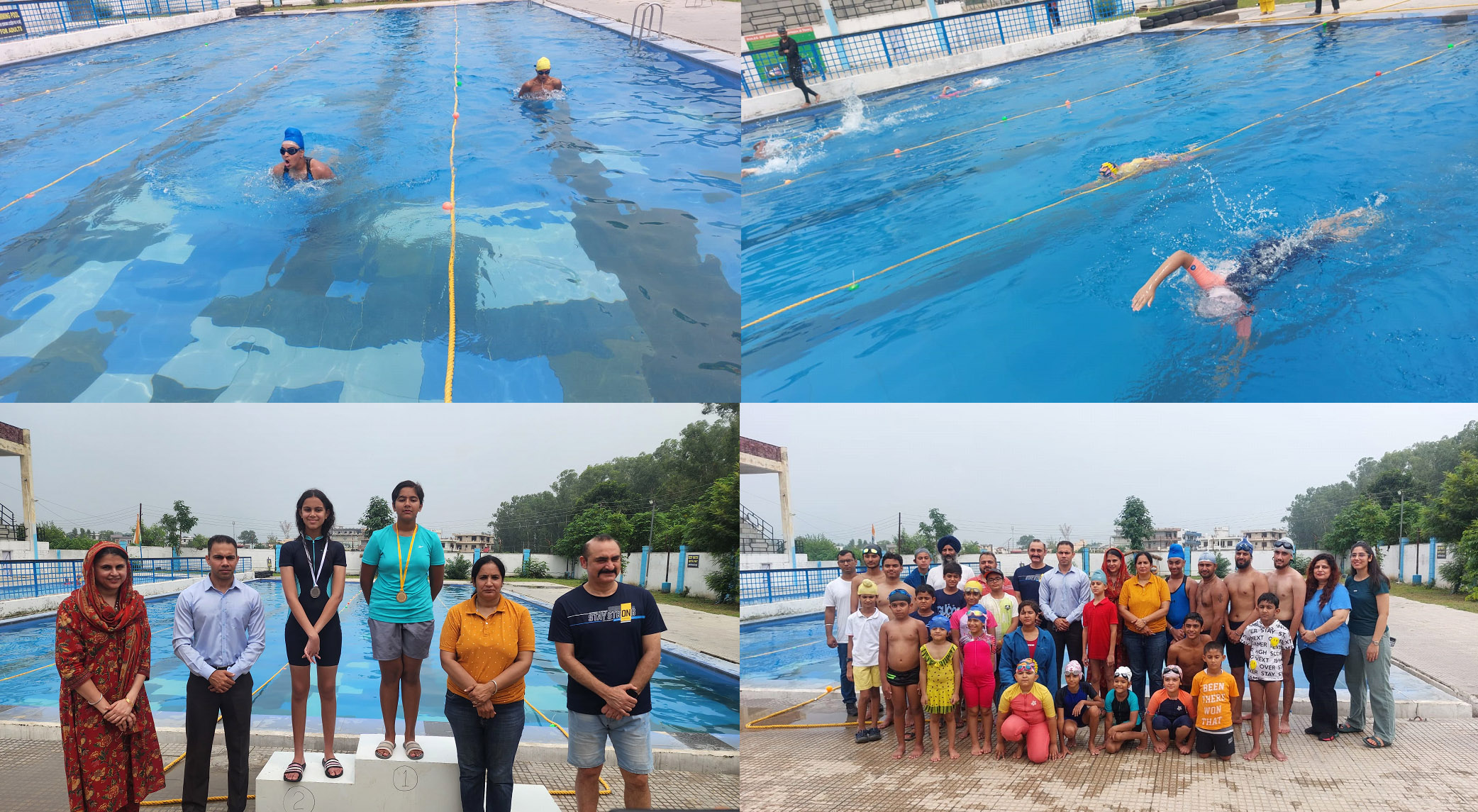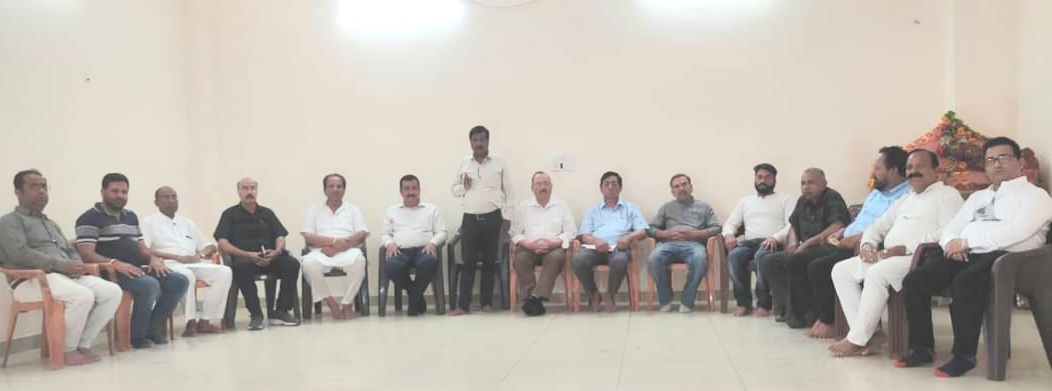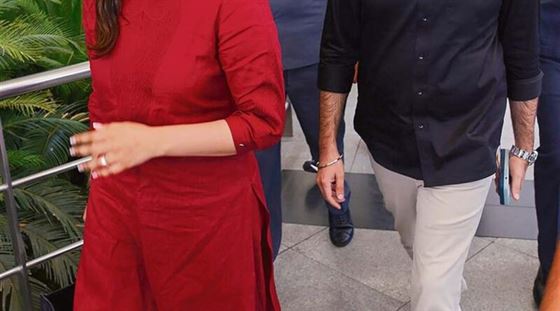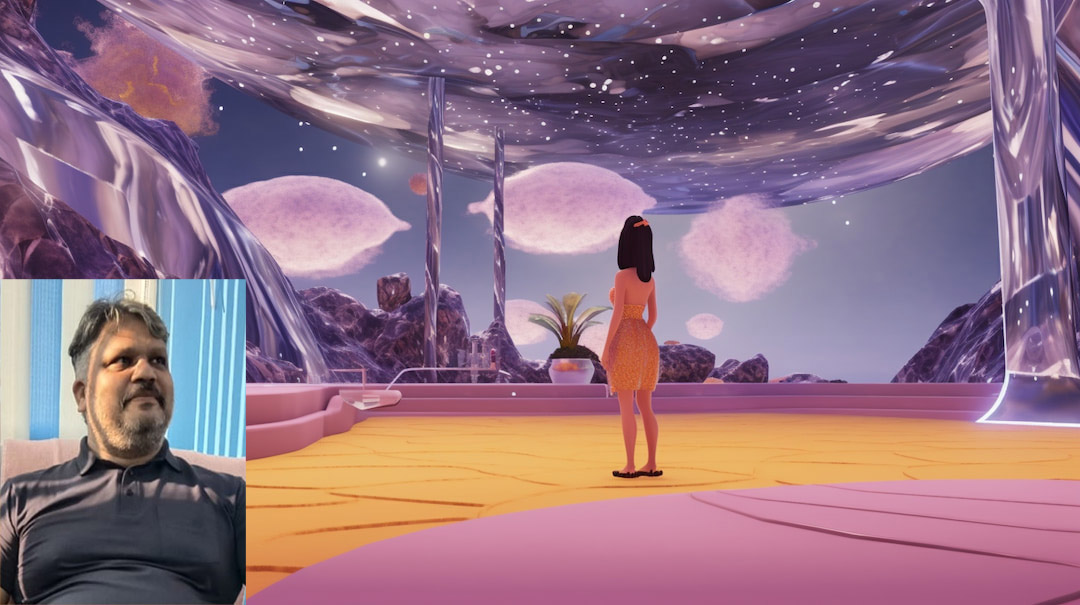
The Metaverse Revolution: Exploring Decentraland
The digital landscape is evolving at an unprecedented pace, and at the heart of this transformation lies the concept of the Metaverse—a collective virtual shared space, created by the convergence of virtually enhanced physical reality and physically persistent virtual reality. Among the myriad platforms emerging within this new frontier, Decentraland stands out as a pioneering force. Launched in 2017, Decentraland offers a glimpse into the future of digital interaction, ownership, and creativity. This article delves into the intricacies of Decentraland, exploring its foundation, features, governance model, and impact on the broader Metaverse ecosystem.
The digital landscape is evolving at an unprecedented pace, and at the heart of this transformation lies the concept of the Metaverse—a collective virtual shared space, created by the convergence of virtually enhanced physical reality and physically persistent virtual reality. Among the myriad platforms emerging within this new frontier, Decentraland stands out as a pioneering force. Launched in 2017, Decentraland offers a glimpse into the future of digital interaction, ownership, and creativity. This article delves into the intricacies of Decentraland, exploring its foundation, features, governance model, and impact on the broader Metaverse ecosystem.
Introduction to Decentraland
Decentraland is a decentralized virtual reality platform built on the Ethereum blockchain. Unlike traditional virtual worlds controlled by single entities, Decentraland operates on a decentralized network where users have true ownership of their digital assets. This ownership is facilitated through non-fungible tokens (NFTs), which represent virtual land parcels, known as "LAND," within the platform. Users can purchase, develop, and trade these LAND parcels, making Decentraland a unique blend of blockchain technology and immersive virtual reality.
Historical Context and Development
The concept of Decentraland was first introduced in a white paper published in 2017 by Ariel Meilich and Esteban Ordano. The platform was designed to address the limitations of existing virtual worlds, which were often centralized and lacked true ownership mechanisms. By leveraging blockchain technology, Decentraland aimed to create a more open and user-governed virtual space.
The initial coin offering (ICO) for Decentraland took place in August 2017, raising $24 million in just 35 seconds. This successful fundraising effort allowed the team to develop and launch the platform. Since then, Decentraland has grown exponentially, attracting a diverse range of users, from casual gamers to serious investors and developers.
Key Features of Decentraland
Virtual Land Ownership
One of the most distinctive features of Decentraland is its virtual land ownership model. The virtual world is divided into a grid of 16m x 16m parcels, each represented by an NFT. These LAND tokens are tradable assets that users can buy, sell, or lease. Ownership of LAND provides users with the ability to build and customize their virtual spaces, creating anything from art galleries and amusement parks to virtual offices and social hubs.
The LAND ownership model empowers users to have complete control over their virtual environments. This level of customization and freedom is unparalleled in traditional virtual worlds, where users often face limitations imposed by centralized control.
Decentralized Autonomous Organization (DAO)
Decentraland operates under a decentralized autonomous organization (DAO) model, which is a significant departure from centralized virtual platforms. The DAO structure enables LAND holders to participate in the governance of the platform by voting on various proposals and decisions. This includes changes to the platform’s policies, feature additions, and updates.
The DAO model ensures that the platform evolves in a manner that reflects the interests of its community. It also promotes transparency and accountability, as decisions are made collectively rather than by a single controlling entity.
User-Generated Content
Decentraland encourages creativity and innovation through its user-generated content system. Users can create and deploy a wide range of virtual experiences, from interactive games and immersive environments to virtual commerce and social events. The platform provides tools and resources, such as the Decentraland Builder and the Decentraland SDK (Software Development Kit), to facilitate content creation.
The emphasis on user-generated content fosters a vibrant and diverse ecosystem within Decentraland. It allows users to express their creativity and contribute to the platform’s growth, enriching the overall experience for everyone.
Economy and Monetization
Decentraland has established a thriving virtual economy where users can engage in various economic activities. The platform’s native currency, MANA, is an ERC-20 token used for transactions within the virtual world. MANA can be used to purchase LAND, virtual goods, and services, or traded on cryptocurrency exchanges.
In addition to MANA, users can monetize their virtual assets in several ways. LAND owners can lease their properties, host events, or sell virtual goods and services. Creators can earn revenue through the sale of digital assets, such as wearables and interactive experiences. This economic model incentivizes participation and innovation, driving the growth of the Decentraland ecosystem.
Governance and Community Involvement
Voting and Proposals
Decentraland’s governance model is designed to give users a voice in the platform’s development. LAND holders have the ability to propose and vote on changes that impact the virtual world. This includes decisions related to the platform’s policies, resource allocation, and feature enhancements.
The voting process is facilitated through the Decentraland DAO, where proposals are submitted and reviewed by the community. LAND holders can cast their votes using their MANA tokens, with the outcome determining the implementation of proposed changes.
Community Engagement
Community engagement is a cornerstone of Decentraland’s success. The platform hosts regular events, such as virtual conferences, art exhibitions, and music festivals, which foster interaction and collaboration among users. Additionally, Decentraland has established various community-driven initiatives, such as development grants and partnerships with organizations and artists.
The active involvement of the community helps shape the platform’s direction and ensures that it remains responsive to the needs and interests of its users. It also creates a sense of ownership and belonging, enhancing the overall experience within Decentraland.
Recent Developments and Trends
Expansion and Partnerships
Decentraland has continued to evolve and expand since its launch. Recent developments include strategic partnerships with leading brands, artists, and organizations. These partnerships have brought new experiences and opportunities to the platform, including branded virtual spaces, exclusive events, and collaborations with prominent figures in the art and entertainment industries.
For example, Decentraland has hosted virtual fashion shows in collaboration with major fashion brands and has featured art installations by renowned artists. These initiatives not only enhance the platform’s appeal but also demonstrate its potential as a space for creative and commercial ventures.
Technological Advancements
Technological advancements have played a crucial role in Decentraland’s growth. The platform has implemented improvements to its infrastructure, including upgrades to its virtual reality capabilities, enhanced user interfaces, and support for advanced blockchain features. These advancements contribute to a more immersive and seamless experience for users.
Additionally, Decentraland has been exploring the integration of emerging technologies, such as artificial intelligence and augmented reality, to further enrich the virtual world. These innovations have the potential to expand the possibilities within Decentraland and push the boundaries of what is achievable in the Metaverse.
The Future of Decentraland and the Metaverse
Potential and Challenges
The future of Decentraland and the broader Metaverse holds immense potential. As virtual worlds become increasingly integrated into everyday life, platforms like Decentraland are poised to play a central role in shaping digital experiences and interactions. The ability to create, own, and govern virtual spaces offers new opportunities for creativity, entrepreneurship, and social engagement.
However, the growth of the Metaverse also presents challenges. Issues related to scalability, security, and regulation need to be addressed to ensure the continued success and sustainability of virtual platforms. Additionally, the evolving nature of technology and user expectations will require ongoing adaptation and innovation.
The Impact on Society and Culture
Decentraland’s influence extends beyond the digital realm, impacting society and culture in meaningful ways. The platform has facilitated new forms of artistic expression, provided a space for virtual commerce, and fostered global connections through its community-driven approach.
As the Metaverse continues to develop, it will likely have broader implications for how people interact, work, and socialize. Decentraland’s role in this evolution highlights the potential for virtual worlds to become integral parts of the human experience, offering new avenues for creativity and connection.
Conclusion
Decentraland represents a significant milestone in the evolution of the Metaverse. Its innovative approach to virtual land ownership, decentralized governance, and user-generated content has set a new standard for virtual worlds. As the platform continues to grow and evolve, it offers a glimpse into the future of digital interaction and creativity.
The journey of Decentraland is a testament to the transformative power of blockchain technology and the potential of decentralized systems to reshape the digital landscape. As we look ahead, Decentraland stands as a pioneering example of how the Metaverse can be a space of endless possibilities and opportunities.
In conclusion, Decentraland is not just a virtual world; it is a vision of the future where digital and physical realities converge. Its impact on the Metaverse and its contributions to the broader digital ecosystem make it a platform worth watching as we navigate the exciting frontier of virtual experiences.

